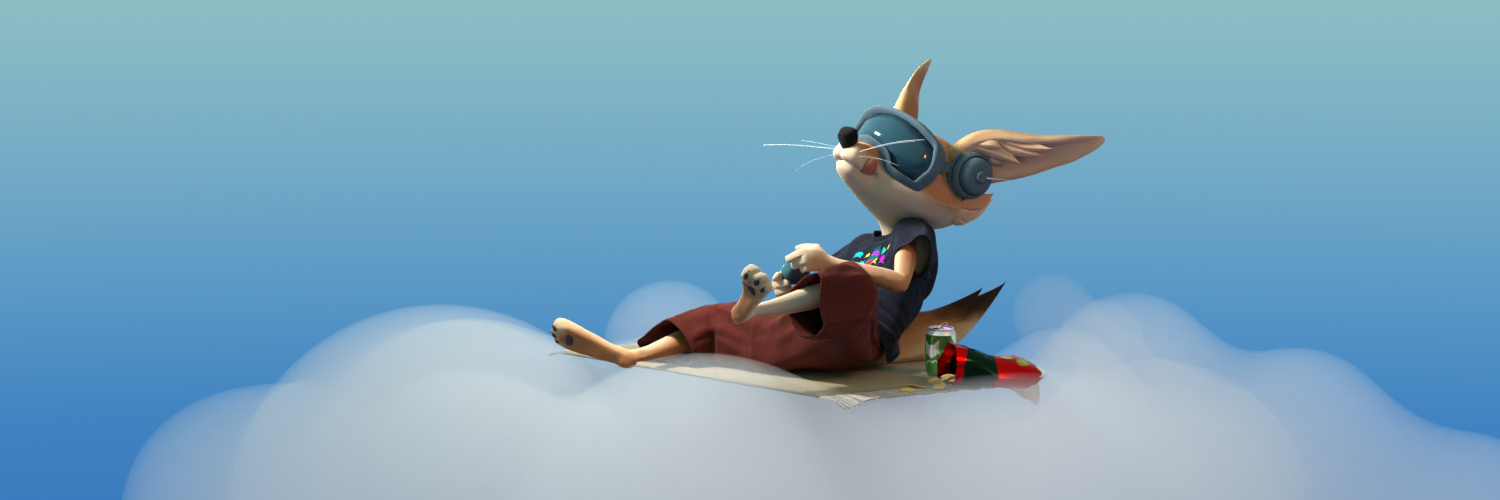Front Page Posts
-
Custom assets with Unity
Today I’ve taken the time to clean up the architecture of my VR stars Unity app (I really have to find a name for this project!). One really cool Unity feature is the ability to create custom assets by scripts run in the editor, so you don’t have to build complex structures at runtime. Why is this so fantastic? Well, usually I would read star positions, constellation data, etc. from…
-
To the stars with Gear VR!
Getting more serious about VR… the HTC Vive is extremely cool, but quite some investment for starters. Decided to get myself a decent Android phone and a Gear VR, and started porting my astronomy app Cor Leonis to Unity. Good progress so far! Stars, planets, moon, and sun are all in, reading device location and compass is a breeze in Unity, so I can already have a view of the…
-
Lightbox Trace 2.0 with In-App feature
I recently published version 2.0 of my iPad App Lightbox Trace, introducing a filter panel as an optional In-App feature. This really comes in handy, when your sketches don’t have enough contrast or you want to desaturate a colored image before tracing. Check it out! Unfortunately, I ran into a problem with enabling the In-App purchase, so it just didn’t work for about a week. If you tried and got…
-
VR User interface experiments
I’m currently experimenting with the UI for my upcoming Gear VR star gazing application. Virtual reality user interfaces are really interesting, since they have to work so differently from a standard 2D UI. One possible realization is to have interactive elements as actual 3D objects in the scene. This can be fun! For my app, I am thinking about putting a “time machine” into the scene, which will allow you…
-
New iOS app: Lightbox Trace
I’m currently spending a lot of time drawing on my iPad Pro, and needed a way to transfer my digital sketches to drawing paper. Essentially, a lightbox with the ability to display an image. Since I still had my old first-generation iPad lying around, I developed a simple little app to put it to use again: Lightbox trace. Load an image from photos or the clipboardScale, position, rotate as desiredlock…
-
Arduino Prototyping: It’s a clock!
Over the past few months, I digged more deeply into the Arduino platform. One ongoing project is a clock with moon phase display (since I already implemented the computations for my astronomy app, Cor Leonis). I started out with an LED matrix and 7-segment displays like this: Tons of wire! Over time, I decided to use 2 8×8 LED matrices, switched to a smaller Arduino compatible board (Adafruit Pro Trinket),…
-
Cor Leonis 5.0 released
After a looooong break, I picked up development on my astronomy app, Cor Leonis, again. The latest version 5.0 is available now for iOS devices in the Apple App Store. The one big feature which justifies the major version jump: the moon! While I was working on the moon info panel, I also beefed up information about the planets in our solar system a lot. Hope you like it!
-
New demo: moon shader
When I was thinking about how to put the moon into the 3D view of my astronomy app, I figured it would be a waste to actually display a textured sphere. After all, we always see the same side of the moon. All that is needed is a textured quad, and a shader which emulates a lit sphere. In the end, the quad was reduced to a single vertex –…
-
Cut-out shapes and image masking in processing(JS)
In processing, it is not really easy to construct complex 2D geometry by subtracting shapes from each other, i.e., creating cut-outs. You can resort to vertex contours, but if you just want to punch holes into a square, what can you do? Especially, if you want to run in the browser using processing.js, it gets somewhat tricky. A pixel-based approach is to render the complex shape into an off-screen image,…
-
Processing(JS)
Recently, I dusted off my copy of “The Computational Beauty of Nature” and started rediscovering this still wonderful book. The chapter about IFS fractals inspired me to do some experimenting with animated fractal shapes. An opportune moment to learn more about Processing! After playing with it for a few hours, I have to say, this is a wonderful programming environment for this kind of visual experiments. Virtually no boilerplate code,…
